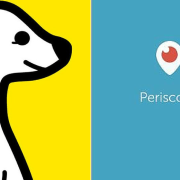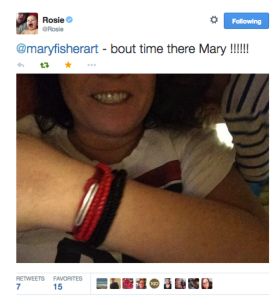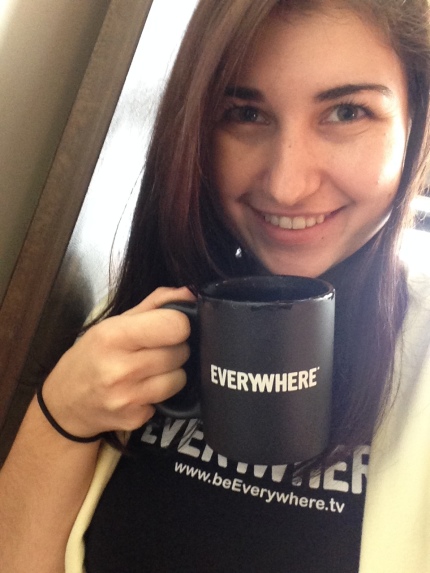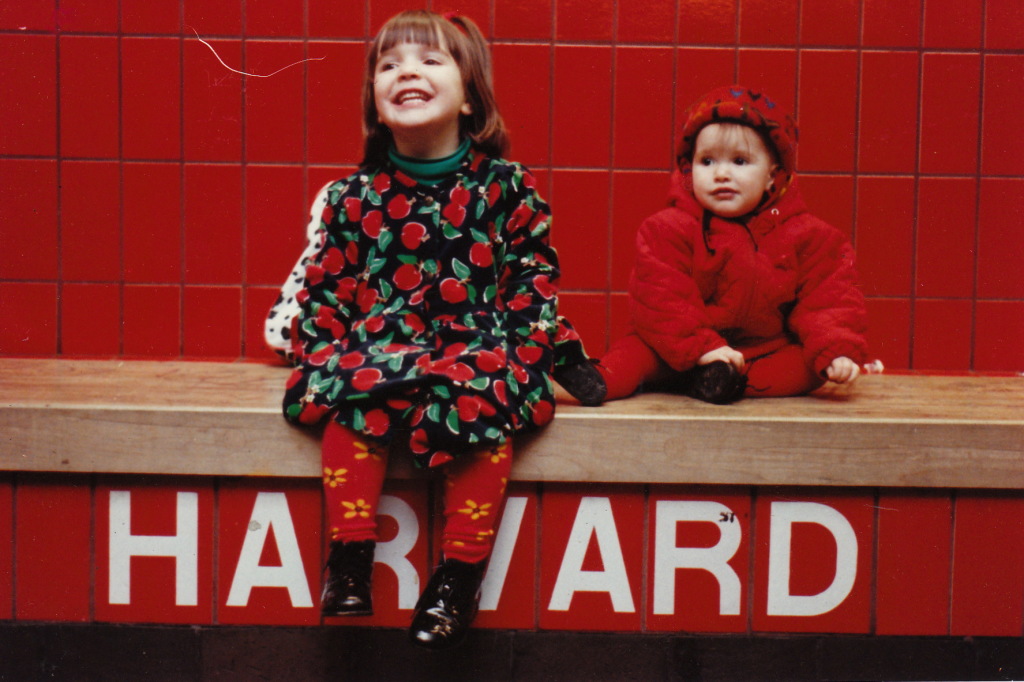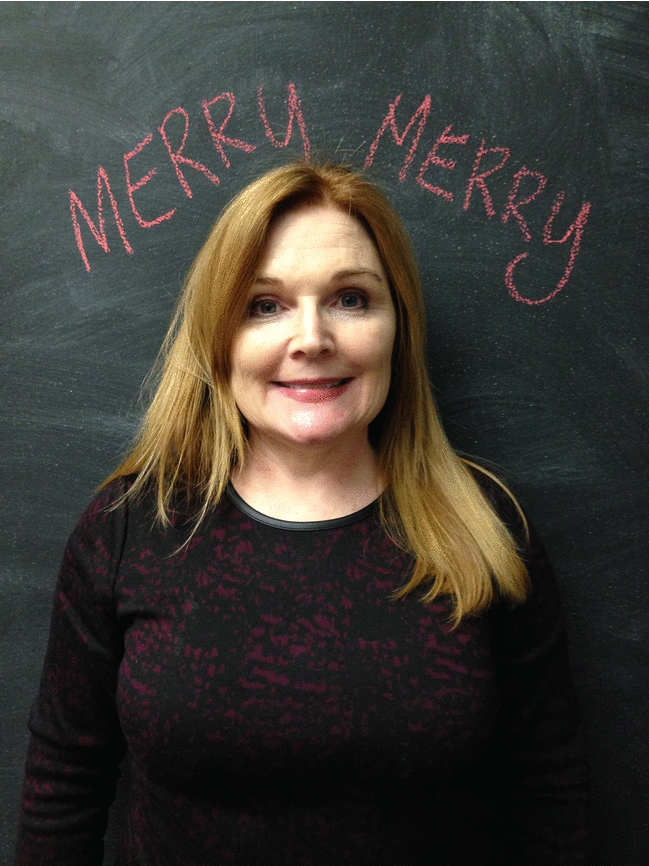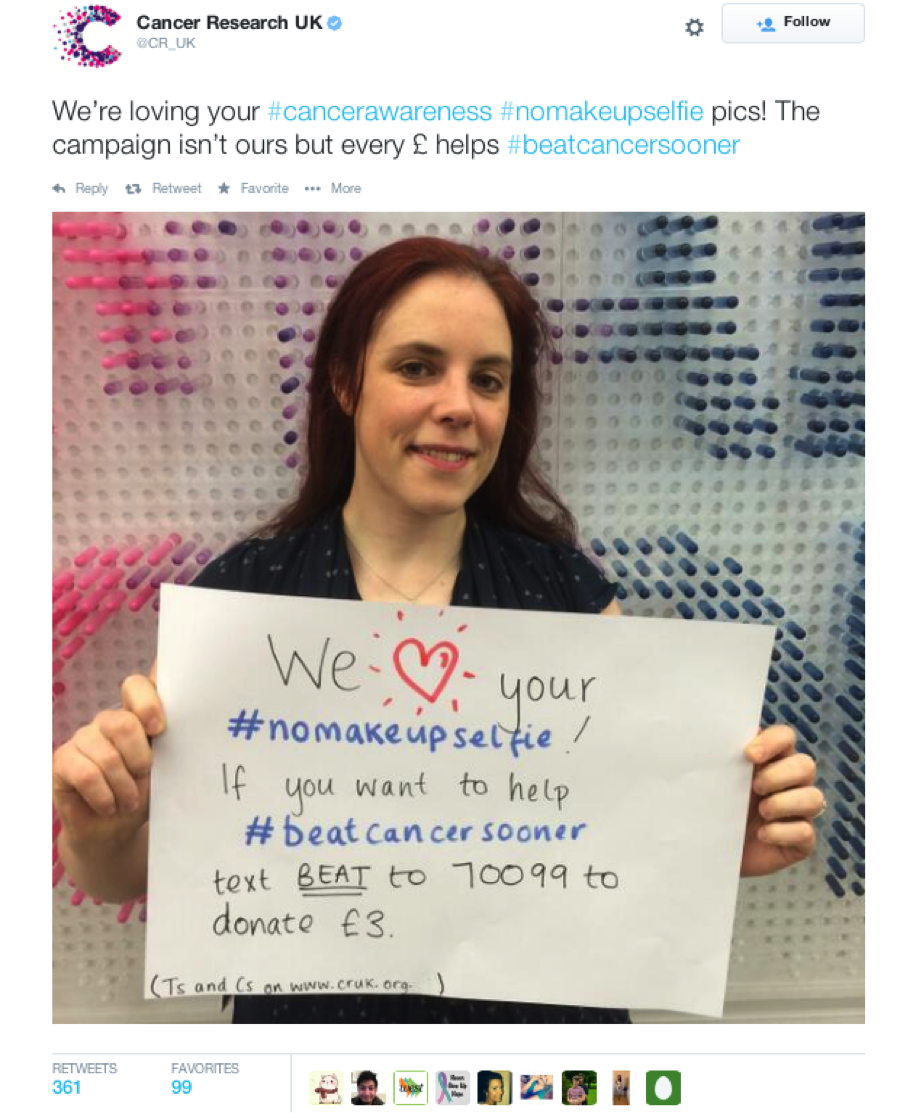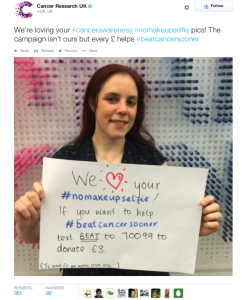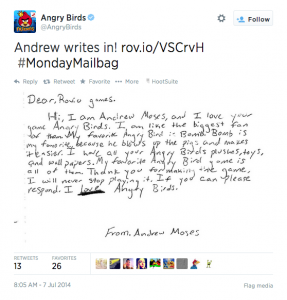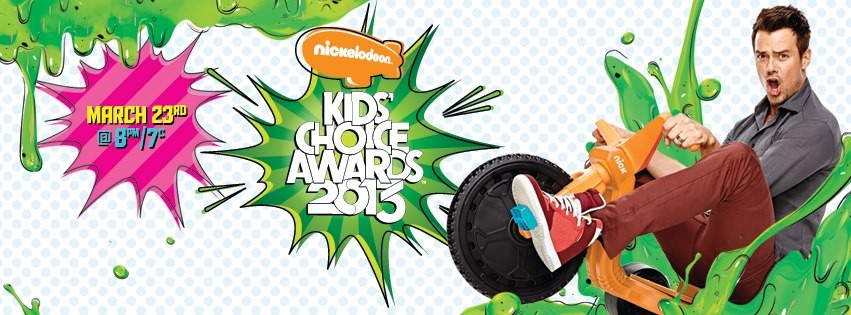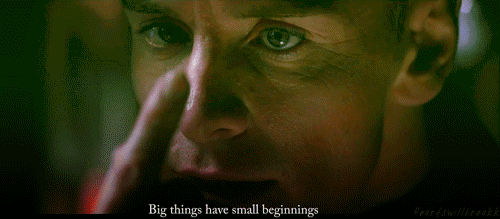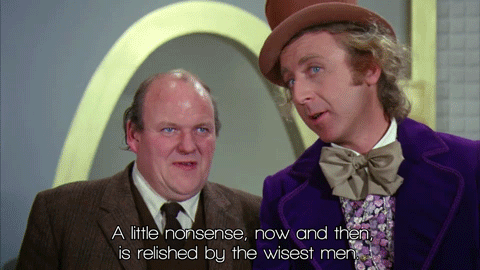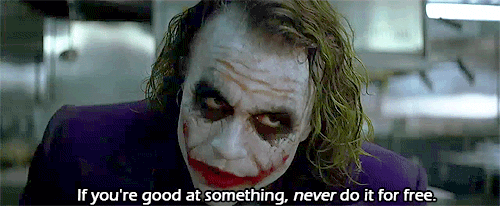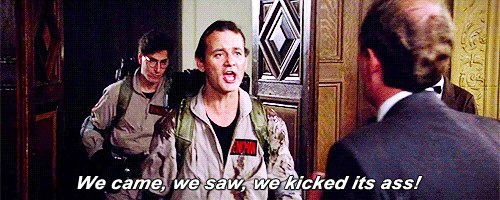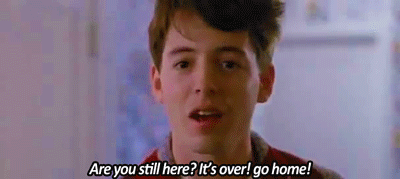5 Tips for Digital Reputation Management
To quote Warren Buffett, “It takes 20 years to build a reputation and 5 minutes to ruin it. If you think about that, you’ll do things differently.” I might change that quote to say, “…and in the world of social media, it takes seconds to ruin it.” Thus, here are my five tips to help you (or your brand) avoid ruination and keep your reputation with digital reputation management.
- Be Prepared – Many brands may already have a social media policy, but few have a crisis policy with social media baked into it. When asked how they’d respond in the event of an emergency, they tell us about their protocol – a time line for who will write and review the press release, what to review past the legal team and when, etc. Get real! If there’s an actual emergency, it’ll erupt on Twitter, Instagram and Facebook in a fast minute. You won’t have time to write a press release and get your lawyer to respond. Emergencies and crisis travel at the speed of a tweet and in 140 characters or less. The public wants answers now and not in the form of a press release. Spend the time to identify some potential crisis scenarios and think about how you’ll respond on Twitter, Facebook, LinkedIn and your blog.
- Monitor – How can you respond if you don’t know what people are saying? Expensive online listening tools like Radian 6 and Sysomos exist, but why spend the money and time to learn them when there are great free options available? Anything from Twitter and Facebook Insights or even Google Alerts to true listening platforms like Tagboard, Hashtagify.me, Topsy, or SocialMention can all work just as well! Pick what’s right for you and your brand. At Everywhere, we use some of the free available tools, but we’re also big fans of NUVI*, a new online listening tool that scales your monthly fee by the number of monthly mentions your brand(s) gets.
- Be Transparent – Say what you know and also say what you don’t know as quickly as possible. Transparency fosters confidence in your brand even if you are in a sticky situation. It’s okay to send a vague tweet, which says, “We are aware of [the emergency] and will provide all details as soon as we have them.” It shows you are communicative even if you don’t have all the answers!
- Respond Thoughtfully – The best way to completely enrage your customer is to not talk to them! 1 in 3 people who received a reply to a negative online review turned around and posted a positive review in return (1). Here are the 4 C’s for Response that I like to follow:
- Control - By facing accusations or updating on the situation immediately, you get to control the message. The longer you’re silent, the less control you have and the more likely the situation is to spiral out of control… especially since we’re in the days where “Trending Topics” is more about what others are saying.
- Compassion - Show sympathy for the situation at hand and how it affects your customers. Making them think you care will help foster a positive relationship even if they’re unhappy.
- Commitment - Tell your consumers that you are here for them and you’re working as hard as possible to get things done, even if it’s just via a tweet. Reiterating this throughout the situation will help their peace of mind.
- Communication - I repeat,, silence is the best way to enrage. Open communication fosters good will and trust among your followers. If you have the (wo)man power to do so, individually reply to all or most messages of concern – not only will that show your communication skills are on point, but it’ll also hit home on another of the 4 C’s – Compassion.
- Safety First – Create posting moderation guidelines for your platforms and put them in public areas of your pages (i.e., your About section). It’ll set the stage for the types of posts you’ll accept on your page. While you can’t remove whatever you want, you can protect your brand against content that is threatening, defamatory or inappropriate. Deleting a negative comment or review should not be a part of this plan!
These are my five tips that I share with clients. Are there any I’ve forgotten or should add?
—
*If you’re curious about NUVI, contact Taylor Brown at taylor@nuvi.com. Full disclosure: I’ll get a referral fee if you tell him I sent you. 😉
Reference (1): http://www.forbes.com/sites/ekaterinawalter/2013/11/12/10-tips-for-reputation-and-crisis-management-in-the-digital-world/


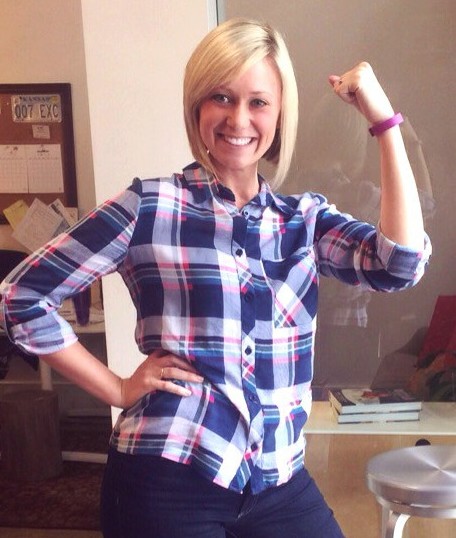 I’m sure you’ve heard the old saying, “We have two ears and one mouth, so we should listen twice as much as we speak.” To me, this applies to social media listening and when a brand does it right, it’s #amazing and quite frankly thrilling to the customer. Listening and responding is still one of the most confounding aspects of social media to brands and I don’t really know why they have so much trouble. They often seem seized by indecision: “Do I respond?” “Do I know what to say?” “Is this worth my time?” The answer is, yes, yes and yes. When a brand organically reaches out to a consumer it creates a relationship. It’s more than a wave or a head nod it’s a “Can I buy you a drink?” and who isn’t flattered by that? Over the last few weeks, I’ve been on a mission to test brands I personally love to see if they would offer to “buy me a drink” and I was thrilled when two of them did.
I’m sure you’ve heard the old saying, “We have two ears and one mouth, so we should listen twice as much as we speak.” To me, this applies to social media listening and when a brand does it right, it’s #amazing and quite frankly thrilling to the customer. Listening and responding is still one of the most confounding aspects of social media to brands and I don’t really know why they have so much trouble. They often seem seized by indecision: “Do I respond?” “Do I know what to say?” “Is this worth my time?” The answer is, yes, yes and yes. When a brand organically reaches out to a consumer it creates a relationship. It’s more than a wave or a head nod it’s a “Can I buy you a drink?” and who isn’t flattered by that? Over the last few weeks, I’ve been on a mission to test brands I personally love to see if they would offer to “buy me a drink” and I was thrilled when two of them did.

